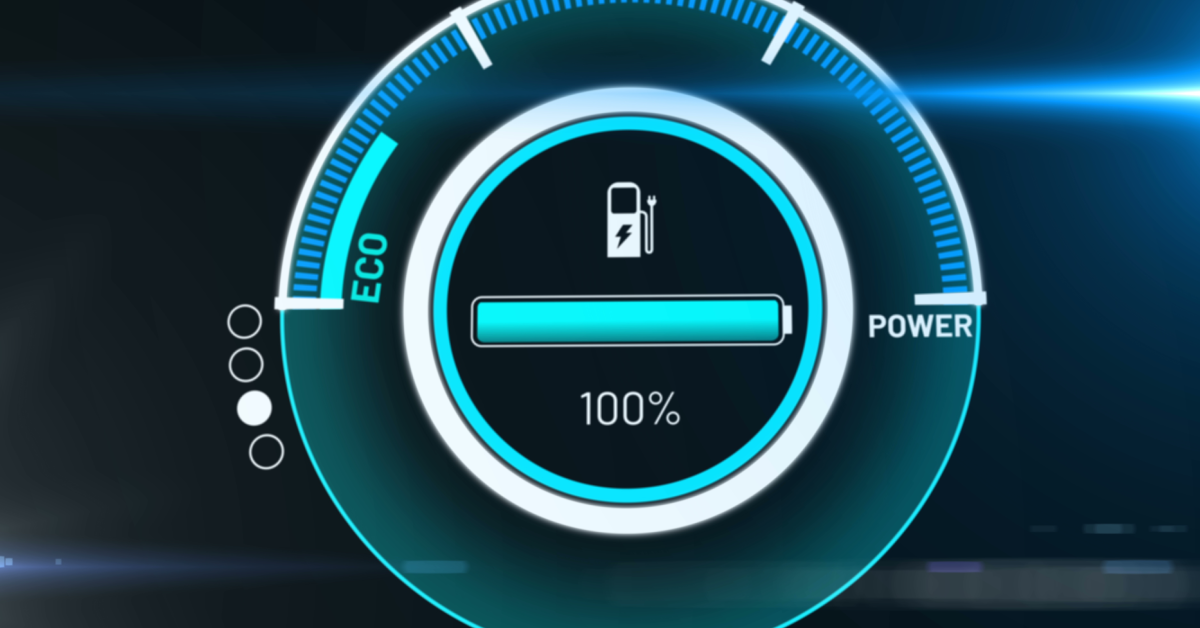
Should We Be Worried About EV Battery Degradation?
One of the great advantages of driving an electric vehicle, is the significant lack of maintenance that must be done in comparison to internal combustion engine vehicles. While ICE vehicles have hundreds of moving parts inside, an EV only has one – the motor. Because of this, ICEV drivers must worry about keeping up to date with oil changes, tune ups, filter replacements and much more. This doesn’t mean that there are no concerns regarding EVs, however.
For EV drivers, the main concern from the day the vehicle is driven off the lot is battery degradation. Battery degradation happens naturally in all batteries due to damaged electrode structure and parasitic reactions within the cell over time. Unlike many issues in ICEVs that can be repaired and restored, a degraded battery suffers permanent damage that reduces the energy capacity of the battery and the amount of power it can deliver.
This is a major cause for concern for new EV drivers who are already experiencing range anxiety on the road. With a degraded battery and reduced capacity, EVs cannot go the same distance on one charge that they could go on day one.
What exactly causes degradation?
There are many different external stressors that could contribute to battery degradation, such as storing conditions, operating temperature and any unfavorable settings overall.
Extreme temperatures
Temperatures outside of a lithium-ion battery’s optimal range of 208 to 288 Kelvin can quickly deplete the battery’s performance. For this reason, drivers or fleet managers in nontemperate regions should worry about battery degradation and take certain precautions to prevent it.
Luckily, concerned managers can implement thermal management systems in order to monitor and stay ahead of battery degradation. This can help managers to understand the current state of their batteries, know what is affecting them negatively and accurately gauge the battery and EVs lifecycle.
Driver behaviors
Similar to ICE vehicles, aggressive driving behaviors can burn up fuel faster, and in this case deplete a battery’s capacity. This is due to the higher amount of power that is exerted while doing things like speeding or harshly acceleration. Leaving this behavior unchecked is bad news for managers who will have to suffer the result of EVs with shorter lifecycles due to exhausted batteries.
The solution here is tracking these behaviors with telematics. Telematics is an essential tool for fleet managers trying to prolong the life of their electric vehicles as much as possible. Monitoring the state of the battery and having statistical evidence of it has gotten to that state can help managers in correcting behavior quickly and avoiding accelerated degradation.
Why is degradation so worrisome?
There are two main reasons why degradation should be a cause for concern for drivers, manufacturers and fleet managers. Firstly, because degradation can drastically reduce capacity, limiting the distance that EVs can go without a charge. This can be a nuisance for drivers trying to get a job done on a time crunch, and can certainly cause range anxiety if you don’t know your nearest charging station. In addition to battery charge depleting faster, degraded batteries can take far longer to charge. This can disrupt a fleet’s charging schedule if there is a limited amount of chargers and several vehicles needing extra time.
The second reason is because of how energy-intensive a process it is to build lithium-ion batteries. Because of how unfortunately unsustainable the processes of extracting raw materials and manufacturing the batteries are, the goal is to keep batteries in top shape and limit the number of new batteries needed. Ideally, batteries kept in good condition will be recycled and 50 percent of the cobalt, nickel and lithium inside them will be used in a new battery. This helps tremendously in offsetting the initial carbon footprint of mining for those materials, and help keeps EVs more sustainable overall.
In brief, more must be done to protect lithium-ion batteries from degradation for the sake of conservation and sustainable practice. Unfortunately, LIBs are the weak-point in electric vehicle sustainability, and the longer we can expand their lifecycles and recycle their materials for new batteries, the less carbon-intensive EVs will be overall.
If you’re interested to learn more about your electric vehicle’s performance and how our team of analysts are helping fleets optimize their operations, schedule a demo with us today.

Priscilla Valdez
Content Specialist
Priscilla Valdez is a content specialist at Utilimarc. She enjoys storytelling and sharing industry insights through writing that is compelling and dynamic. See more from Priscilla
